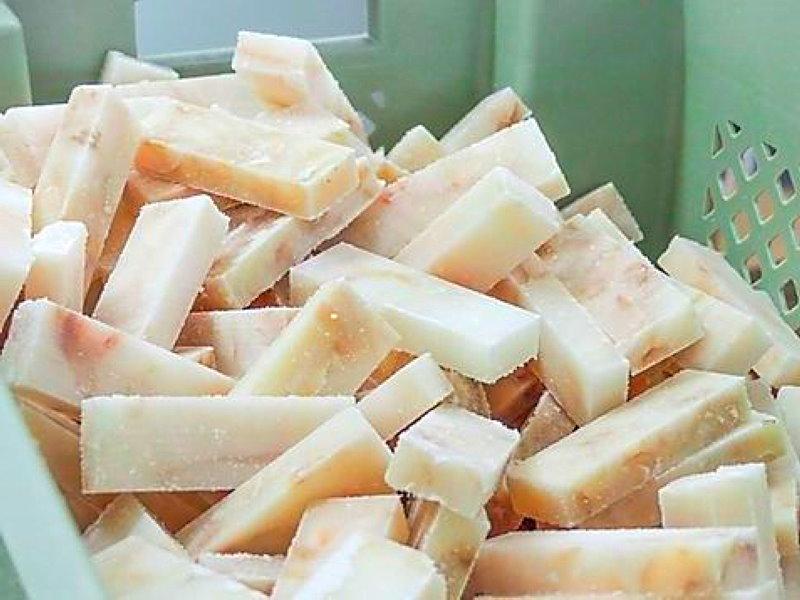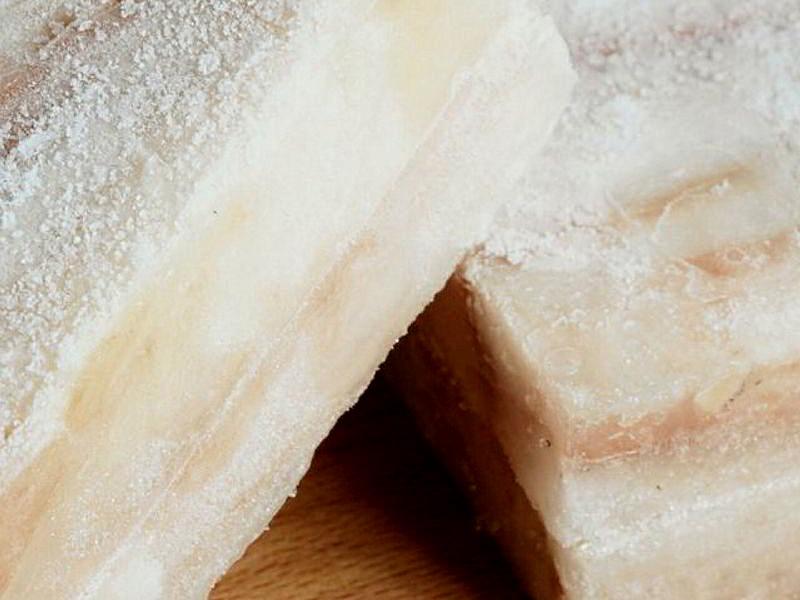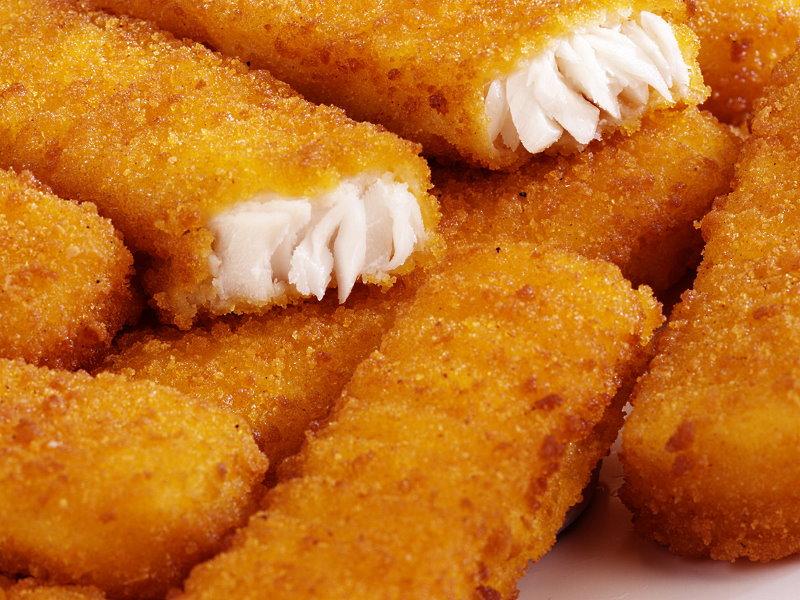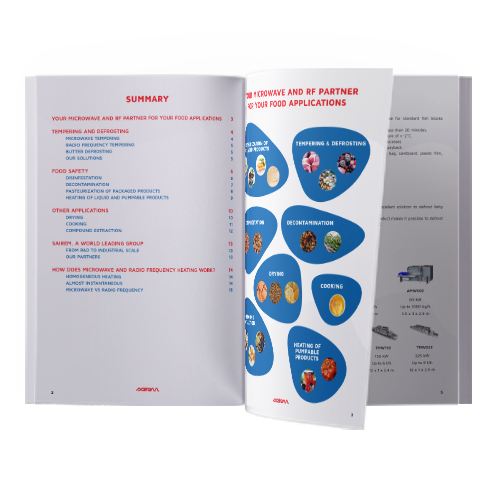Tempering of fish blocks
As a fragile and a highly perishable food product (such as meat), fish is often frozen before being transported, stored and processed. Fish is often used frozen in the food industry because it is easier to work with, especially when it comes to process breaded fish sticks.
One of our customer’s needed help to improve its process: their previous process required the fish blocks to be sawed at a temperature of -20°C, causing major drip-losses. See how our radio frequency (RF) tempering solution help them to optimise this process.
Former fish defrosting process
Fish is a product that can very quickly lose quality and freshness after being caught. This is why this food product is very often frozen in order to be transported, preserved and processed. Freezing it is a solution that preserves a large part of the properties of the fish and facilitates the transformation of the product. However, in order to process the product, it is often necessary to temper it. However, traditional thawing methods suche as air tempering have several disadvantages. They can be slow, alter the quality of the product, cause significant water loss and even increase the risk of microbacterial development or lipid oxidation.
Our customer, a large food industry company located in Australia and South Africa since 1929, owns 4 production plants and has a turnover of 5 billion dollars. They needed a solution to improve the production process of its breaded fish sticks. The previous tempering process required the fish blocks to be sawed at a temperature of -20°C, causing major drip-losses and therefore a significant economic and time loss.

Customer fish tempering process needs
To meet the high production demand, the company asked for a thawing capacity of 1 ton of standard fish blocks per hour, from -20° to -2°. They also requested a rapid system in order to remain flexible. The main goal of our client request were to reduce the rate of water loss during the defrosting process of frozen fish while ensuring a high rate of production to meet the production demand.
> Simulate your financial losses using our food drip losses simulator !

Tempering solution proposed
To achieve this fast tempering, SAIREM provided two radio frequency tunnels of 50 kW each, that allow temperatures to go from -20° to -1°C in only 6 minutes, minimizing losses. The blocks are now sliced rather than sawed, preventing significant water losses.
In this case, SAIREM recommended the radio frequency technology instead of microwave, as it is particularly adapted to consistent and homogeneous products such as fish blocks. RF technology is particularly effective for heating fish blocks compared with other novel tempering technologies thanks to its low frequency and deep penetration depth.
Key benefits of RF tempering solution
Compared to other defrosting methods, radio frequency thawing solution is one of the best to thaw fish blocks.
Microwave and radio frequency tempering technologies have become increasingly popular in the food industry due to its numerous advantages over traditional tempering methods. One of the key benefits of using radio frequency technology to temper frozen fish blocks is that it significantly reduces thawing time, thereby increasing production efficiency and reducing costs. Radio fraquency technology also allows for more precise and consistent tempering, which can improve product quality. In addition, radio frequency tempering requires less energy compared to other tempering methods, which can lead to significant cost savings and environmental benefits.
In conclusion, it can be said that a radio frequency tempering solution allows :
- Savings: the radio frequency prevents any drip loss
- Speed: our equipment saves time and money for the company
- Flexibility: the fish is now cooked immediately after radio-frequency tempering and then battered, breaded, fried and fully steam cooked before packaging
As a food industry company you want to test microwave or RF technology to optimize your industrial processes?
Contact us

Need help to find the best solution ?
Our free microwave and radio-frequency guide for food applications will help you to better understand these technologies, and find the solution the most adapted to your needs.
Download your guide